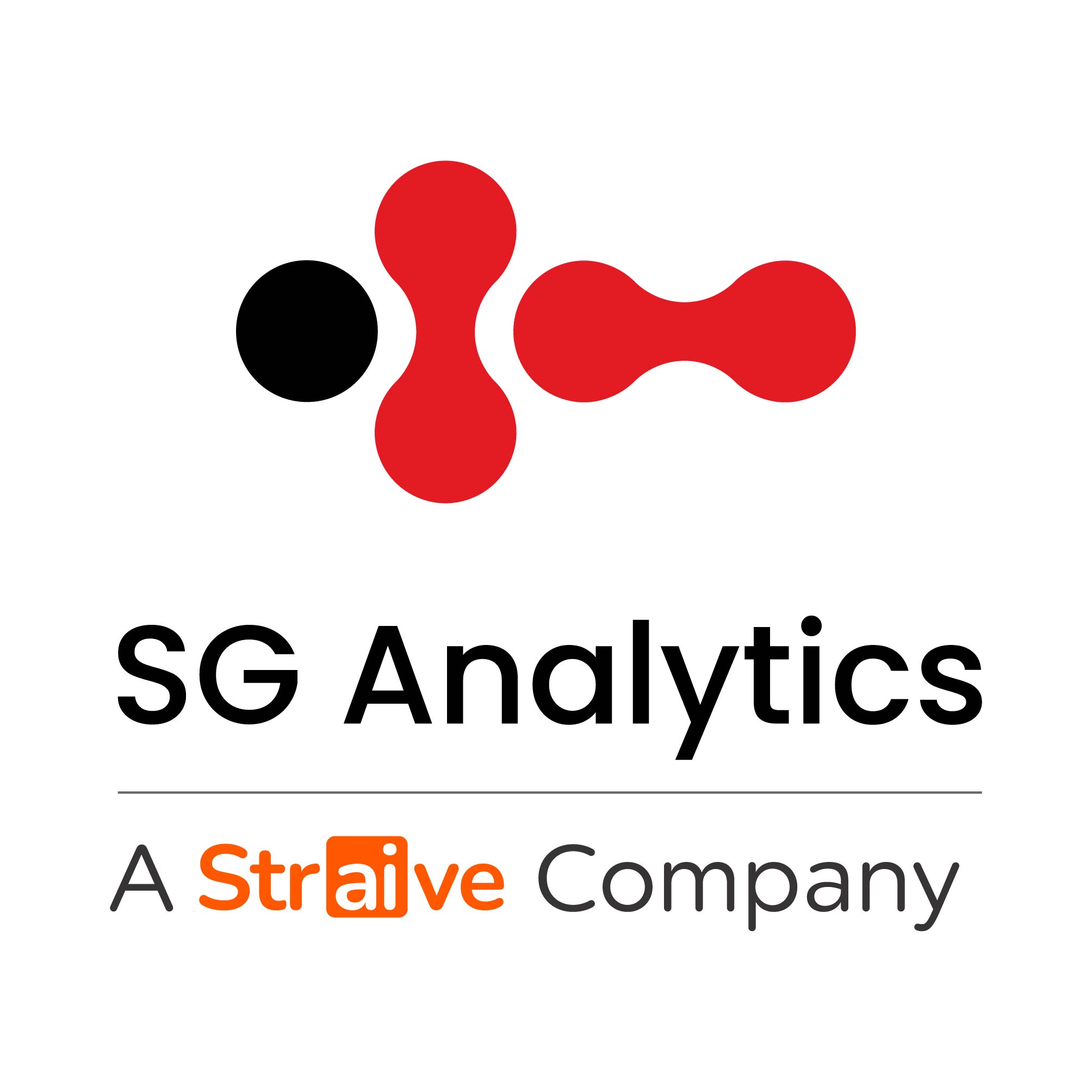- Resources
- Blog
- AI-Powered Fraud Detection in Banking: Guide
AI-Powered Fraud Detection in Banking: Guide
AI - Artificial Intelligence
Contents
August, 2025
Banking fraud detection is one of the most imperative fields for innovation and investment. Financial institutions manage a tremendous volume of regular transactions, which makes fraud detection a significant area for care, innovation, and investment. Conventional rule-based methods are not capable of handling the sophistication of today’s financial threats. This is where AI fraud detection in banking becomes essential.
This guide describes how AI fraud detection at banks has many practical uses and how banks can expand their security system with wise investments and outsourcing assistance involving this technology.
The Continuous Rise of Banking Fraud and Sophisticated Financial Crimes
Financial fraud can now happen via multiple channels. While the days of counterfeit currencies are largely over, advanced financial crimes are taking place worldwide instead. As we know, digital payments fraud and identity misuse for financial crimes are becoming common and sophisticated. Unsurprisingly, the Federal Trade Commission (FTC) notes that Americans likely lost around $10 billion to fraud in 2023, compared to $8.8 billion during 2022.
In response to these threats, banking institutions in the US and abroad are under pressure to act faster and more efficiently than ever before. Thankfully, bank fraud detection specialists have already started tracking transactions, user activity, and account trends data to spot suspicious behavior. Moreover, AI systems are better at detecting subtle anomalies in massive datasets. That workload used to force human analysts to spend more effort, time, and resources in the pre-AI adoption era.
How AI Improves Fraud Detection in Banking
Banking AI fraud detection depends on machine learning engines that scan huge databases of transaction data to identify patterns and abnormalities. As a result, they learn both fraudulent and normal behavior in order to enhance precision over time.
For instance, anomaly detection software identifies transactions that deviate from a customer’s previously captured credit-debit patterns, like large cross-border payments or mass withdrawals. Natural language processing (NLP) tools can also search text and speech interactions for possible fraud triggers if someone is pretending to be a depositor or interacting with bank staff under pressure.
AI also facilitates real-time bank fraud detection. Therefore, if a dubious transaction raises a red flag, the system can suspend the transaction or ask for further verification. This proactive system greatly minimizes the possibility of loss and enhances customer confidence.
Use Cases of AI-Powered Fraud Detection in the Real World
Large banks across the globe have already implemented AI-based fraud detection models.
JPMorgan Chase uses AI to monitor account behavior in real time. Their system scans millions of transactions daily and has led to significant fraud prevention gains. Similarly, HSBC leverages machine learning models to enhance transaction monitoring. Their AI systems reduced false positives by 60%, according to a report by HSBC’s financial crime compliance team.
Wells Fargo also uses AI-based biometric authentication and behavioral analysis. These solutions cut down on account takeover attempts and enhanced fraud detection accuracy.
These banks illustrate how AI-based fraud detection in banking generates a quantifiable impact with real-time surveillance and minimized operational friction.
Combining AI with Human Supervision
Though AI fraud detection in banking is effective, it works best in conjunction with human intelligence. After all, bank analysts remain essential to review the red-flagged transactions and tune the algorithmic rules. So, AI systems assist fraud teams in minimizing noise and pinpointing only the high-risk activities. This cooperation facilitates quicker response times and better-informed decisions.
To optimize this process, most institutions are resorting to dedicated external support providers. To put things in perspective, a retail bank will have its uniquely skilled data partners, whereas handling high-value transactions will necessitate investment banking outsourcing services. Such services offer access to and guidance from fraud analysts and AI consultants. These experts assist banks in the development, tracking, and upkeep of fraud detection models without placing an additional staffing burden internally.
High-Precision Datasets Enable Effective AI Fraud Detection Capabilities
Data quality is the key to successful fraud detection for banks. Inevitably, poor or disjointed data results in poor predictions and overlooked threats. That is why banks typically collaborate with analytics solutions aimed at boosting competitiveness and governance of stakeholders active in the banking industry. They aggregate and format data prior to AI model training.
These capabilities also streamline building customer profiles, detecting device fingerprints, and labeling suspicious IP addresses. In addition to retail commercial banks, investment bankers seek investment banking IT solutions. In short, all banks expect help and want independent, outcome-oriented firms to secure data lakes, optimize computing resources, and develop custom fraud-related machine learning algorithms.
The Role of Predictive Modeling
Predictive analytics serves as the backbone that allows AI fraud detection programs to aid bankers in embracing resilience. Through historical behavior analysis, AI tools predict which transactions will be fraudulent. For instance, if one user who typically logs in from New York suddenly makes high-value purchases in Southeast Asia, AI tools can compute a risk score and raise an alert.
These forecasting models, powered by artificial intelligence, continuously improve with every transaction. They also acquire new habits and adapt to new fraud patterns. Their ability to self-learn keeps bank fraud detection agile and resilient.
Minimizing False Positives Without Sacrificing Security
Classic systems tend to produce large numbers of false positives, annoying customers, and overwhelming fraud teams. In contrast, AI-based fraud detection in banking minimizes these false positives by optimizing its criteria over time. HSBC, as stated above, experienced a 60% drop in false positives. This results in less transaction delay, improved user experience (UX), and more streamlined operations.
Most banks further improve these advantages through CFO outsourcing services. These vendors enable financial leaders to track ROI, increase cost efficiency, and measure fraud prevention expenditure in relation to risk exposure.
Key Banking Challenges in Adopting AI Fraud Detection
Though beneficial, the implementation of AI fraud detection in banks is not without hurdles. For instance, bias prevention and fairness assurance are not possible if poorly trained models unreasonably flag specific customer groups. Continuous auditing is essential.
Likewise, model transparency that properly justifies why a transaction was alerted can be challenging with black-box AI models. It can also present regulatory challenges.
The case of AI-related data privacy issues is another sensitive subject. Since AI demands access to personal financial information, every institution must use adequate controls to adhere to compliance guidelines.
To address these hurdles, banks typically turn to cybersecurity and risk analytics firms. These companies assist bankers in technology assessment, risk modeling, and regulatory compliance to facilitate seamless AI uptake.
AI for Internal Banking Fraud
Outside threats are but one concern. Insider fraud, such as employee manipulation of accounts or data, is equally dangerous. In this regard, AI integrations can monitor internal patterns due to employee behavior, user access logs, and changes in account-specific permissions.
Suspicious access patterns will include repetitive late-evening logins or downloading of data past the standard timeframe. Once those are noticed, the AI must raise an alert for investigation. The combination of AI with role-based access controls and internal audits strengthens overall security.
Compliance and Regulatory Considerations
The US regulators acknowledge the application of AI in the prevention of financial crime. The comptroller of the currency invites banks to implement responsible AI practices while preserving audit trails. Note that banking AI-based fraud detection needs to adhere to regulations such as the acts concerning bank secrecy.
Besides, each region has strict requirements that help discourage money laundering. Ensuring transparency of total borrowings, interests, tax withholdings, and credit ratings is equally necessary. Meanwhile, collaborating with reputed banking outsourcing services guarantees day-to-day compliance through real-time monitoring, documentation, and reporting.
Future of AI in Fraud Detection
The future of AI fraud detection across banking and financial decision-making will involve hyper-personalization and network analysis. Through examination of networks of devices and accounts, as opposed to stand-alone behavior, banks will be able to better detect fraud rings.
AI-powered virtual agents and bots will be able to engage directly with customers during fraud incidents, walking them through verification processes in real time. Banks that make an investment in ongoing AI model training projects, scalable data pipelines, and good compliance frameworks will lead their peers in fraud defense.
Final Thoughts – Fraud Detection in Banking
AI fraud detection in banking must not be treated as a temporary trend. The constant threats of unlawful transactions must be more than enough to underscore why it is a strategic necessity. Today, US banks and their global counterparts are confronted with increasing threats from cybercriminals. Furthermore, regulatory scrutiny regarding fraud prevention is rising.
Still, AI represents a quick, scalable, and precise method of remaining one step ahead of fraud. Consequently, banks that invest in AI solutions, join hands with secure banking outsourcing providers, and implement strong analytics solutions for the banking industry will safeguard their assets and consolidate customer trust.
Ultimately, by collaborating with professionals in banking IT operations, risk analytics, and data governance, banks can make their AI investments pay for themselves in the long term and ensure sustainable fraud prevention.
About SG Analytics
SG Analytics (SGA) is a leading global data and AI consulting firm delivering solutions across AI, Data, Technology, and Research. With deep expertise in BFSI, Capital Markets, TMT (Technology, Media & Telecom), and other emerging industries, SGA empowers clients with Ins(AI)ghts for Business Success through data-driven transformation.
A Great Place to Work® certified company, SGA has a team of over 1,600 professionals across the U.S.A, U.K, Switzerland, Poland, and India. Recognized by Gartner, Everest Group, ISG, and featured in the Deloitte Technology Fast 50 India 2024 and Financial Times & Statista APAC 2025 High Growth Companies, SGA delivers lasting impact at the intersection of data and innovation.
Related Tags
AI - Artificial Intelligence BankingAuthor

SGA Knowledge Team
Contents